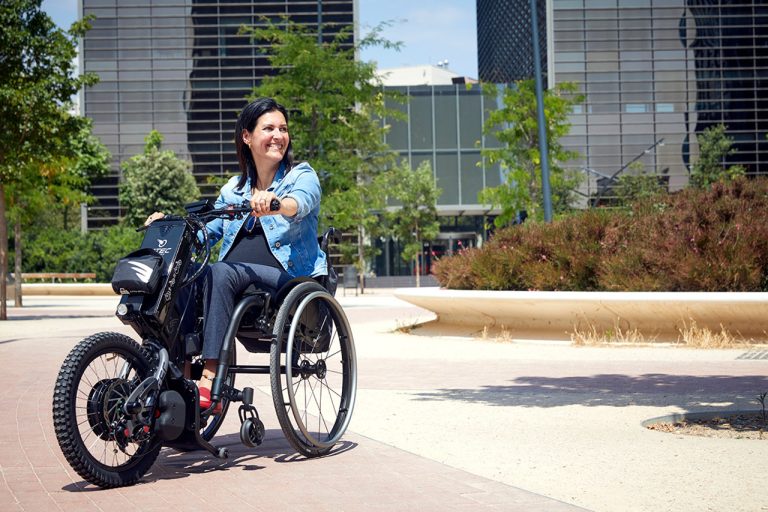Joint pain, a condition affecting millions worldwide, can have a profound impact on daily life. Whether caused by injury, age, or underlying medical conditions, managing joint discomfort often becomes a top priority. Chiropractic care, an alternative and holistic approach to healthcare, has emerged as a promising solution for alleviating joint pain. Through a combination of techniques tailored to the individual, chiropractors aim to restore balance and function to the musculoskeletal system, offering a drug-free option for relief. In this article, we will explore the ways chiropractic treatments can help manage joint pain and improve quality of life.
Understanding Joint Pain
Before delving into chiropractic treatments, it’s crucial to understand the nature of joint pain. The joints in the body are areas where two or more bones meet, enabling movement and flexibility. Over time, these joints can experience wear and tear, inflammation, or misalignment, leading to pain and discomfort. Common conditions that result in joint pain include arthritis, tendonitis, bursitis, and sprains.
While traditional treatments like medication or surgery may provide temporary relief, many individuals seek more sustainable, non-invasive options. This is where chiropractic care comes into play. Chiropractors focus on the relationship between the spine and the nervous system, believing that misalignments in the spinal column can contribute to musculoskeletal issues, including joint pain.
Chiropractic Adjustments: The Core of Joint Pain Relief
Chiropractic adjustments, also known as spinal manipulations, are the cornerstone of chiropractic care. During an adjustment, a chiropractor uses their hands to apply controlled force to specific areas of the spine or joints, helping to realign the bones and improve mobility. The goal is to restore proper function to the affected area, alleviate pain, and reduce inflammation.
For individuals experiencing joint pain, chiropractic adjustments can be highly effective. Misalignments in the spine, known as subluxations, can disrupt the nervous system’s communication with the rest of the body, leading to muscle tension, inflammation, and pain. By correcting these misalignments, chiropractic adjustments aim to restore proper nerve function and promote natural healing.
In cases of joint pain in areas such as the knees, shoulders, or hips, chiropractors may also perform joint-specific manipulations. These techniques involve applying gentle pressure to the affected joints to increase mobility, reduce stiffness, and promote healing. Chiropractors may use their hands or specialized tools to perform these adjustments, depending on the patient’s condition and preferences.
Soft Tissue Therapy: Supporting Joint Recovery
Chiropractic care for joint pain isn’t limited to spinal adjustments alone. Soft tissue therapy is another crucial component of chiropractic treatment, particularly for individuals suffering from muscle tension or inflammation around the joints. Soft tissue therapy involves techniques like massage, trigger point therapy, and myofascial release to relieve tightness and promote healing in the muscles, ligaments, and tendons.
When muscles are tight or imbalanced, they can place additional stress on the joints, exacerbating pain and discomfort. Soft tissue therapy helps to address these underlying issues, improving muscle flexibility and reducing strain on the joints. By releasing built-up tension in the muscles, chiropractors help restore balance to the body and provide lasting relief for joint pain.
Exercise and Rehabilitation: Empowering the Patient
Chiropractic care for joint pain goes beyond passive treatments. Chiropractors often incorporate exercises and rehabilitation programs into their treatment plans to strengthen the muscles surrounding the affected joints. These exercises aim to improve flexibility, stability, and mobility, which can help prevent future injuries and manage chronic pain.
For example, exercises focusing on strengthening the muscles around the knees can provide added support to the joint, reducing the strain placed on it during movement. Similarly, hip strengthening exercises can alleviate pressure on the lower back and improve overall posture. Chiropractors tailor these exercises to each patient’s specific needs, ensuring a personalized approach that fosters long-term recovery.
Lifestyle and Nutritional Guidance: Enhancing Healing
Another key aspect of chiropractic care is the focus on lifestyle and nutrition. Chiropractors often provide guidance on maintaining a healthy weight, improving posture, and adopting an anti-inflammatory diet. By addressing these factors, chiropractors help patients reduce the strain on their joints and promote healing from the inside out.
For instance, excess weight can place added pressure on the knees, hips, and lower back, exacerbating joint pain. Chiropractors can offer advice on weight management through diet and exercise, which can lead to significant improvements in joint health. Additionally, incorporating foods that reduce inflammation, such as omega-3-rich fish and antioxidant-packed fruits and vegetables, can help ease joint discomfort.
The Benefits of Chiropractic Care for Joint Pain Relief
Chiropractic solutions for joint pain relief offer a wide range of benefits, including:
- Drug-Free Pain Relief: Chiropractic treatments provide an alternative to medication, offering a natural, non-invasive way to manage pain without the potential side effects of prescription drugs.
- Personalized Care: Chiropractors tailor treatment plans to each individual’s needs, ensuring that the approach is specific to the patient’s condition and goals.
- Improved Mobility: Through adjustments, soft tissue therapy, and exercise, chiropractic care helps increase joint mobility and flexibility, reducing stiffness and discomfort.
- Prevention of Future Injuries: Chiropractic care aims to address the root causes of joint pain, helping to prevent future problems by strengthening the muscles and improving posture.
- Holistic Approach: By focusing on the whole body, including lifestyle, nutrition, and exercise, chiropractic care promotes overall health and well-being.
Conclusion
Chiropractic care provides an effective, holistic solution for individuals seeking relief from joint pain. By addressing spinal misalignments, soft tissue imbalances, and lifestyle factors, chiropractors help restore balance and function to the body, promoting natural healing. Whether for acute injuries or chronic conditions, chiropractic treatments offer a personalized, non-invasive approach that can lead to long-lasting relief and improved quality of life.















